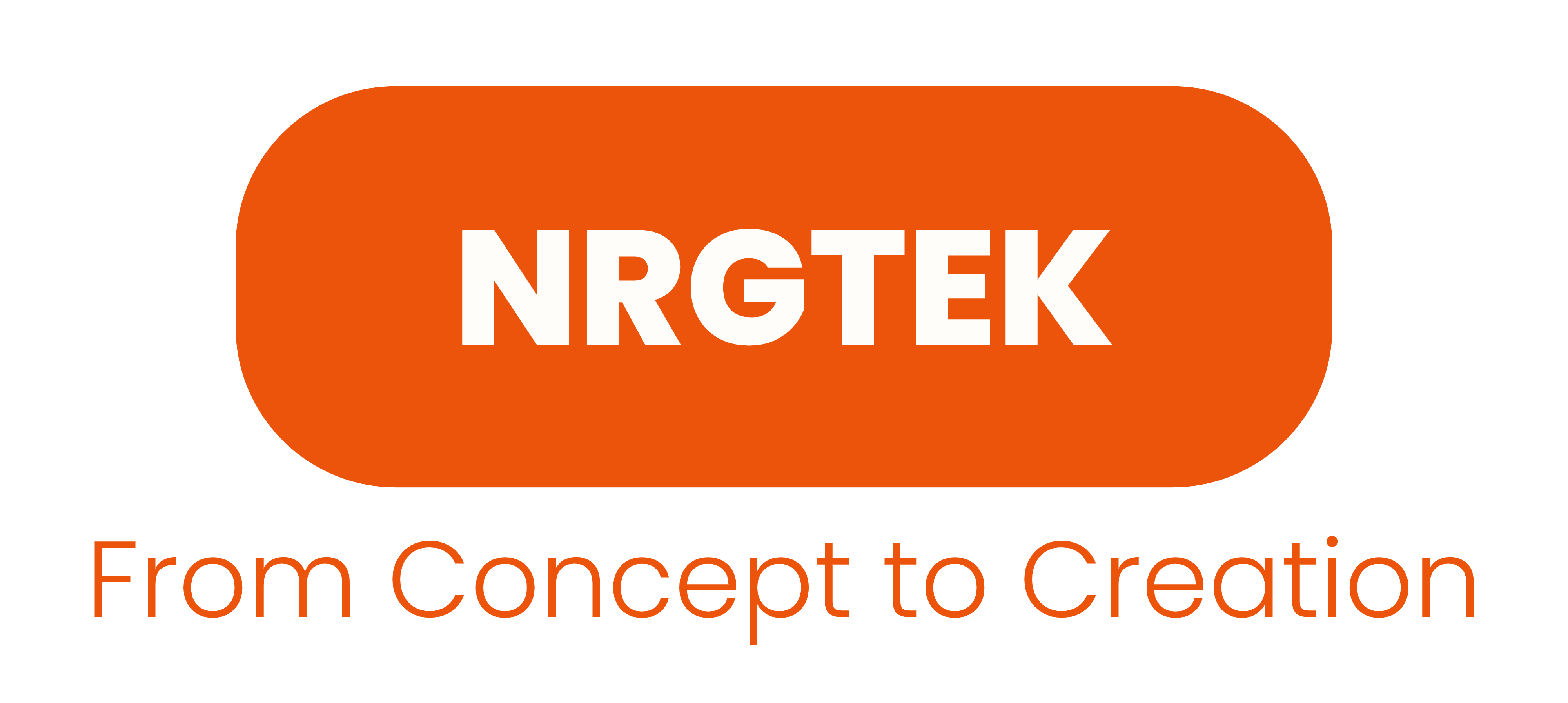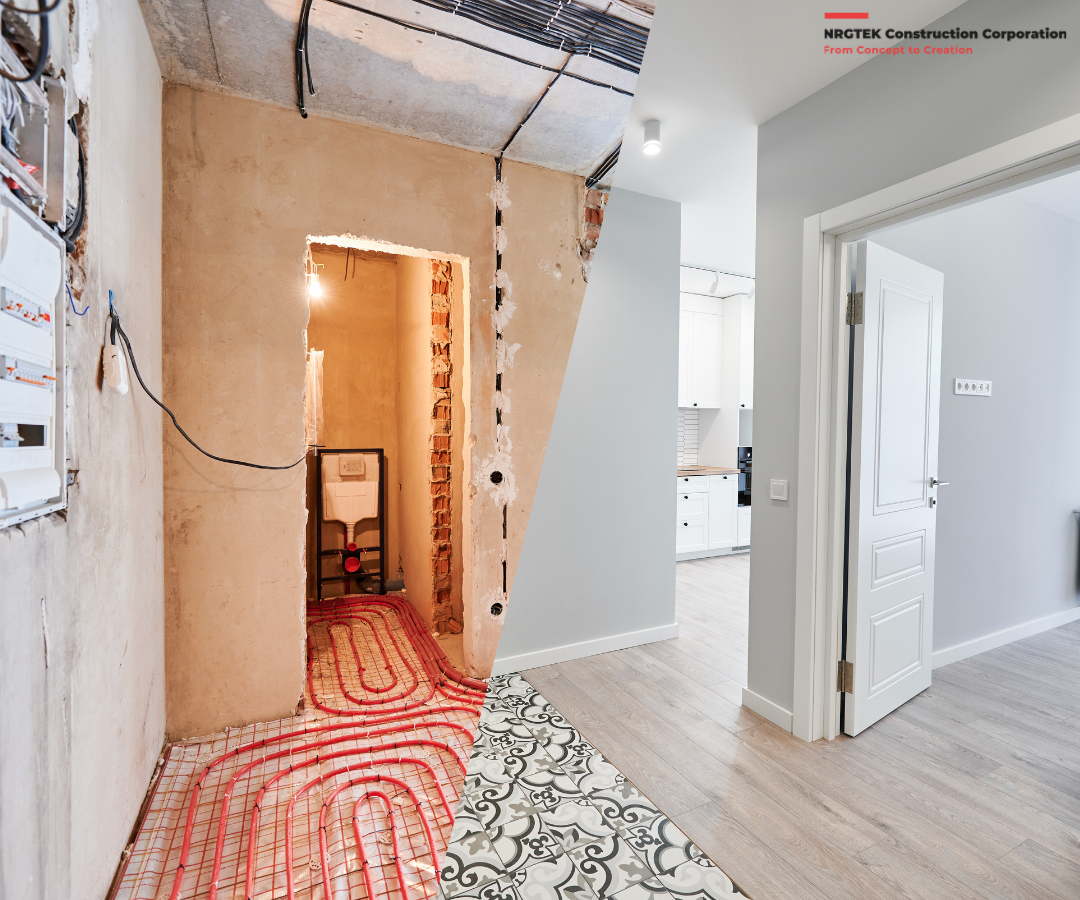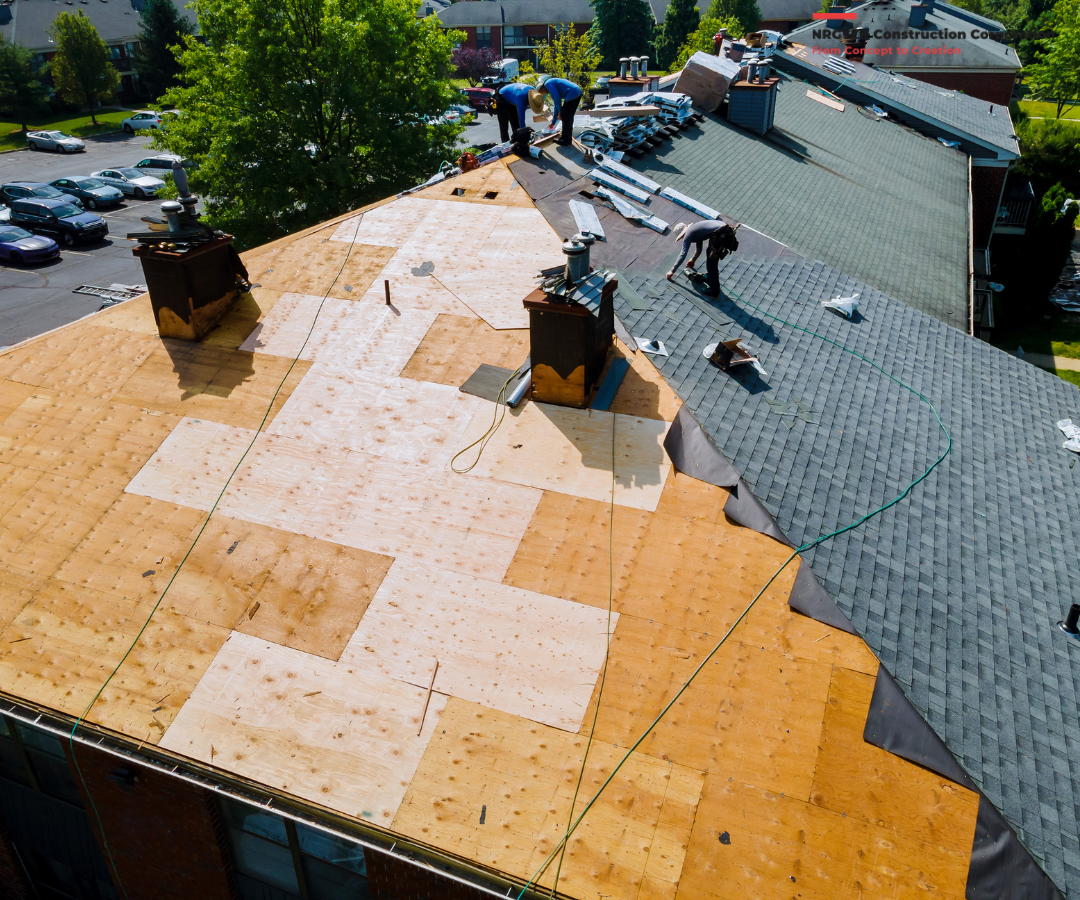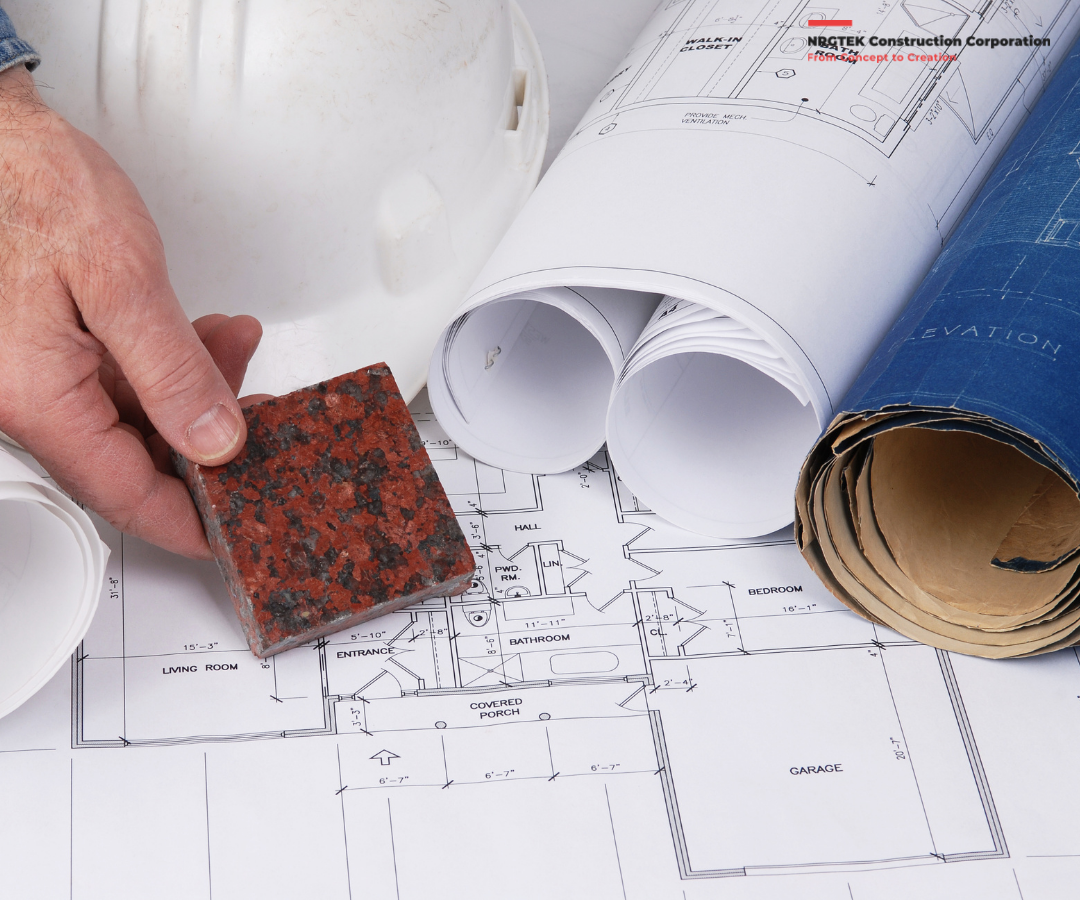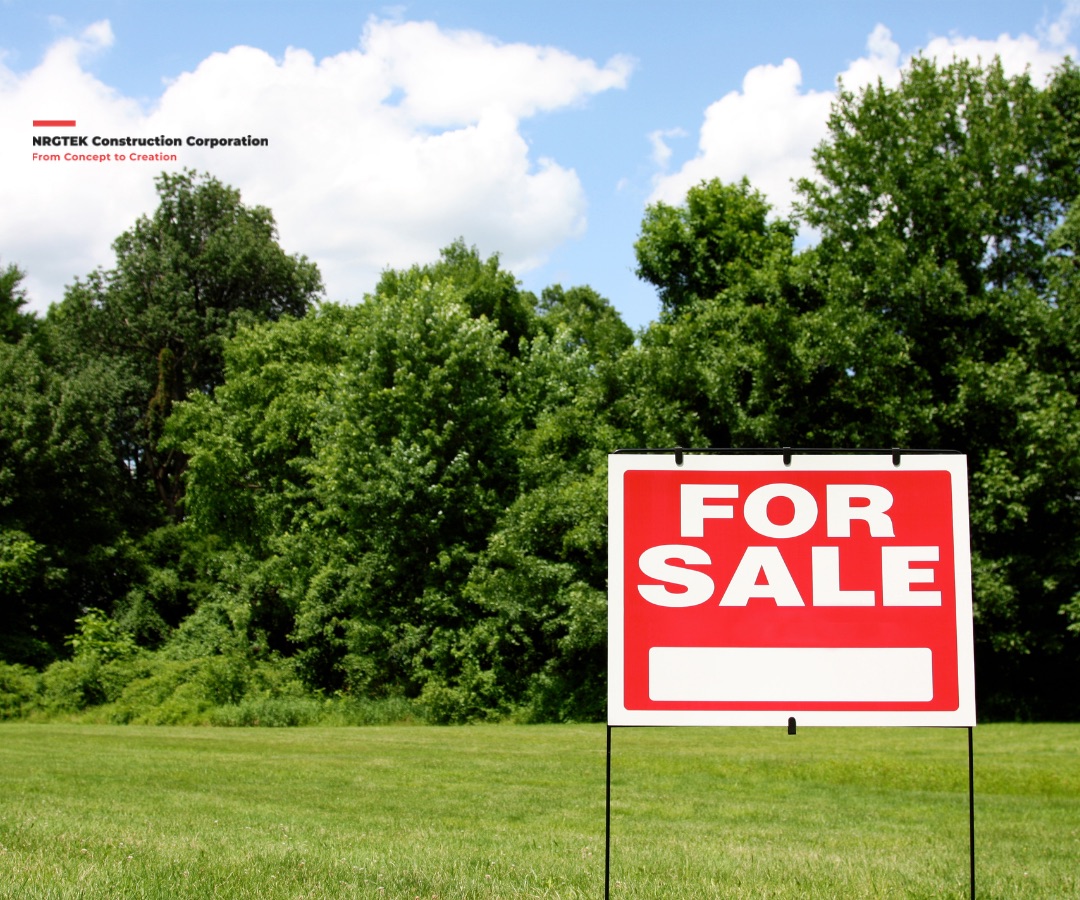
One of the most important jobs for British Columbian (BC) municipalities is valuing properties. Fair taxes are ensured by accurate property assessments, and these taxes pay for infrastructure, healthcare, and educational programs, among other necessities. Here’s a detailed look at the methods used by BC municipalities to determine property values.
1. Understanding the Role of BC Assessment
The provincial crown corporation in British Columbia, BC Assessment, is in charge of figuring out how much most properties are worth. Over two million properties are assessed annually by BC Assessment, which offers a fair and accurate representation of market values.
2. Data Collection and Property Inspections
BC Assessment collects data on various factors that influence property values. These include:
- Physical characteristics: size, age, condition, and construction materials of buildings.
- Land attributes: size, shape, location, and topography.
- Market data: recent sales prices of similar properties.
- Property use: residential, commercial, industrial, or agricultural.
Periodically, field inspections are carried out to confirm information and document any modifications to properties. By self-reporting, property owners can also give up-to-date information.
3. Valuation Methods
BC Assessment employs three primary valuation methods:
- Cost Approach: This approach calculates the replacement cost of the asset less any depreciation. When comparable sales are few, it is frequently applied to more recent or distinctive properties.
- Sales Comparison Approach: In this approach, the property is contrasted with comparable ones that have just sold. This approach is the most widely used one for homes.
- Income Approach: This method is used for commercial properties and estimates value based on the income the property generates.
4. Annual Assessment Roll
Every year on July 1st of the preceding year, BC Assessment creates an annual assessment roll that includes the value of each property. Early in January, assessment notices are sent to property owners.
The market value of the property, or the amount it would probably fetch on the open market, is reflected in the assessment.
5. Appeals and Reviews
Landowners have the right to appeal if they don’t agree with the assessments. To discuss concerns and request a review, the first step is to get in touch with BC Assessment. Owners have until January 31st to formally appeal to the Property Assessment Review Panel if they’re not satisfied. The Property Assessment Appeal Board is the venue for additional appeals.
6. Impact on Property Taxes
The assessed values are used by municipalities to determine property taxes. The entire assessed value of the properties under the municipality’s jurisdiction as well as the municipality’s financial requirements are used to calculate the municipal tax rate. The annual property tax is calculated by multiplying the assessed value of a property by the municipal tax rate.
7. Ensuring Fairness and Accuracy
BC Assessment uses advanced technology and strict standards to guarantee accuracy. Regular reviews and audits by impartial organizations support the preservation of the evaluation process’s impartiality and openness. Furthermore, property owners are essential because they give correct information and, if needed, take part in the review procedure.
Conclusion
In British Columbia, the process of valuing land and homes is extensive and aims to guarantee equitable taxation by using precise property measurements. Proper property owners can navigate their assessments and contribute to a just and equitable system by being aware of the procedures and methods used.
Understanding the assessment procedure offers important insight into one of the essential processes that underpin local government and community services in British Columbia, regardless of whether you’re a property owner or just curious about how property values are established.
